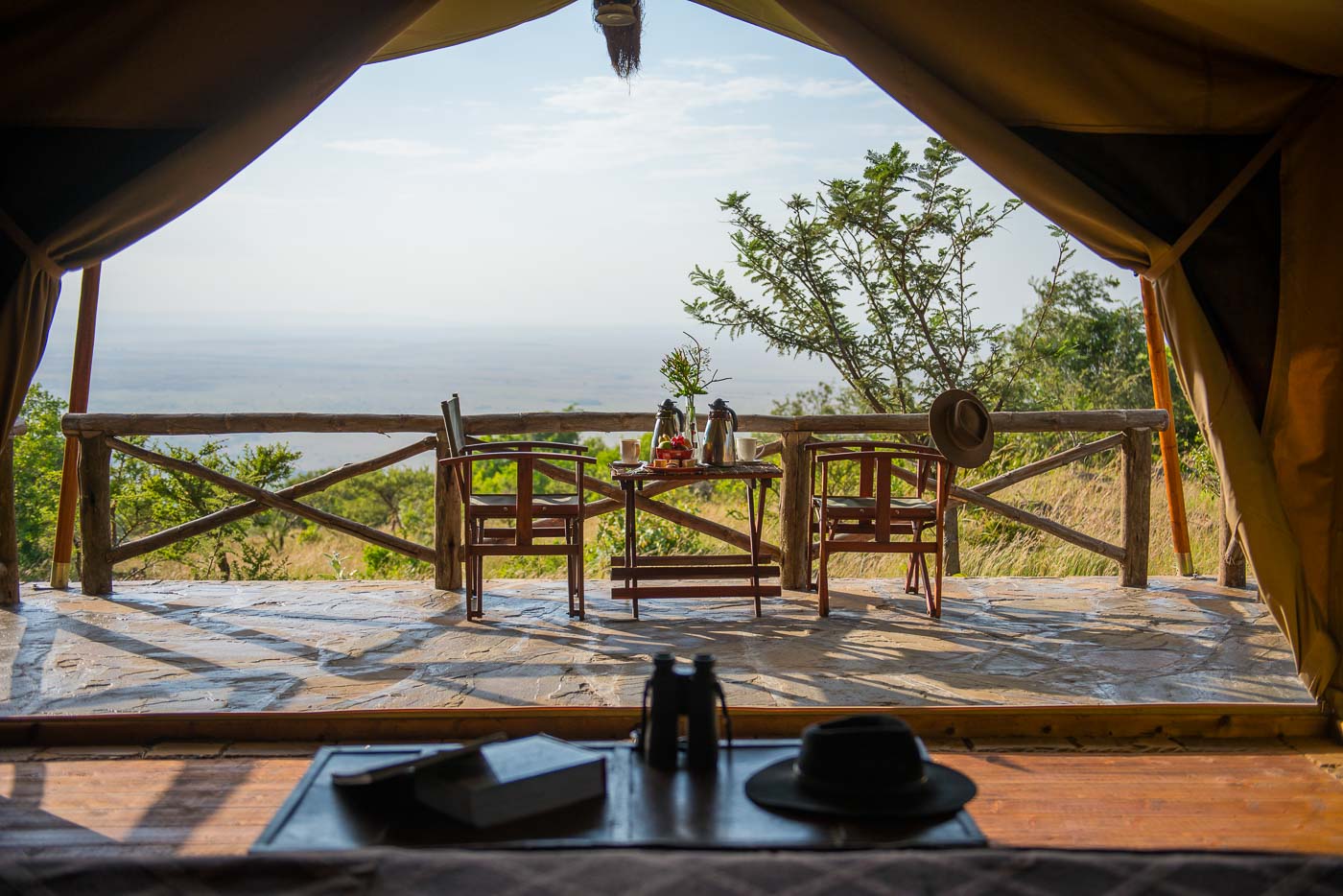The search is always on for the unique, the nature immersed experiences – this is what drives most glampers . If you’re looking for the next luxury stop, then here are a few out-of-the-box destinations that are sure to please!
It takes a seaplane ride to arrive at the Clayoquot Wilderness Resort. 45 minutes out of Vancouver will take you to the island where luxury tents make a comfortable stay – plush beds, en suite bathrooms, heated floors, running water, and thermostat-controlled propane wood stoves. Activities like bear-watching and zip-lining will fill your stay and horses are the main means of transportation.
Take yourself 5,000 feet elevated into the Swiss Alps and you’ll find yourself at Whitepod. The area is explored mainly through skiing, with the option of snowshoe, dogsled and foot. Here you have a choice between 15 geodesic domes that blend into the Alp landscape with white canvas in winter and green canvas in summertime. The view, as you might expect, is truly inspiring.

If you want to see what it’s like to live out-of-this-world, the Earthship Biostructure may be the closest you can find. This desert setting in Taos, New Mexico, gives an otherworldly feel to this off-the-grid resort – which is still able to offer the amenities of wi-fi and TVs (complete with netflix) through electricity gathered by sun and wind. Everything is built with natural or recycled materials. Rainwater storage is utilized for drinking and showering, as well as for watering the garden.
Then there’s the famous Uluru’s Longitude 131 set in the red sand dunes of Australia. There are just 15 tents, which are more aptly described as freestanding luxury rooms. One-way privacy films coat the expansive windows, so you’ll feel out in the open and perfectly hidden all at the same time. The location is neighbor to Uluru-Kata Tjuta National Park, meaning the views are uninterrupted and the local plants and animals are in your “backyard” of sorts.

What’s made of 25 individual domes and 3 community domes? The EcoCamp in Torres del Paine National Park, Patagonia! The EcoCamp is the Park’s first sustainable accommodation, with geodesic domes that resemble high-tech igloos with transparent ceilings for stargazing. Complete with private terraces, comfortable beds, private bathrooms, wood stoves, gas heaters and splendid views of Torres del Paine peaks. There is no lack of luxury, either, when it comes to the community domes and their Chilean cuisine restaurants.
Add the word “Ger” to your glamping dictionary. At the Three Camel Lodge in Gobi, Mongolia, you’ll experience the traditional mongolian herder tent in luxury. Here there’s a selection among twenty Deluxe Gers that are all handmade using lattice wood covered in felt and canvas.Unlike the typical Mongolian herder your stay will find you in perfect comfort with wood stoves, private bathrooms and king-sized beds, with a view marked by the iconic Gobi-Altai Mountains.
Treehouse enthusiasts will appreciate Chole Mjini, the “castaway fantasy” set in the remote Chole Island in Tanzani, Africa, where they have seven treehouses to choose from. This castaway fantasy is complete with all the creature comforts, including outdoor showers with hot water. The resort has worked alongside the local island community to add a taste to your visit unlike anywhere else, and activity options – including diving, island excursions, swimming with whales, sunset sailing and more – are certain to leave an impression.

If you can manage a slot or two out of the 14 allowed spots inside Chumbe Island Coral Park in Zanzibar, Tanzania, it’s certainly worth a stay. Exclusion stems from the need to protect this island coral reef sanctuary, visitors will stay in eco-bungalows with waterfront views. Each bungalow has it’s own sleeping area, living room, hammock, self-contained bathrooms to ease the body and mind between adventures. Everything is included when staying at this glamping spot, including guided snorkeling in the reef sanctuary.
Australia’s Wildman Wilderness Lodge is rebuilt from the same materials as the former Wrotham Park Lodge which was shut down 1,740 miles away. While the materials may have been recycled, nothing about this resort feels second hand. Being settled in the scenic land of Mary River National Park Wetlands gives visitors front row seats to the rivers, billabongs and wallaby wildlife. Safari tents are well equipped with all the luxuries of comfy beds, en suite bathrooms, running water and electricity, while the camp land is kept clear of unwelcomed guests such as crocodiles.
For an unforgettable and unparalleled experience you might try the Human Nest at Treebones Resort. While the stay might not be particularly luxurious – you’ll have to bring your own sleeping bag and pillow to lug up to the nest – it will make an impression. The view from your perch will take in the Los Padres National Forest and the Pacific Ocean. Ah, California you don’t disappoint!
So… do you still have room on your glamping bucket-list? 🙂









